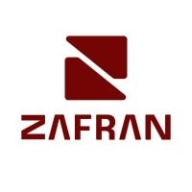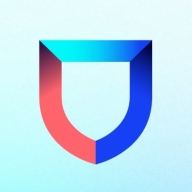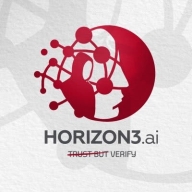


Lacework FortiCNAPP and NodeZero Platform compete in cloud security. NodeZero Platform has superior features, presenting itself as a worthy investment.
Features: Lacework FortiCNAPP offers comprehensive threat detection, automation, and compliance features. NodeZero Platform has advanced AI-driven threat intelligence, a centralized security dashboard, and real-time data insights that offer immediate threat assessments.
Ease of Deployment and Customer Service: Lacework FortiCNAPP facilitates smooth integration with existing systems and has strong customer support for quick problem resolution. NodeZero Platform provides a modular deployment approach that supports incremental adoption, focusing on self-service resources and detailed technical documentation.
Pricing and ROI: Lacework FortiCNAPP has a competitive setup cost with a clear ROI roadmap, appealing to budget-conscious organizations. NodeZero Platform requires a higher initial investment, justified by its strong security features and insights, offering a significant ROI through reduced security incidents.
| Product | Market Share (%) |
|---|---|
| Zafran Security | 1.0% |
| The NodeZero Platform | 1.2% |
| Lacework FortiCNAPP | 1.3% |
| Other | 96.5% |



| Company Size | Count |
|---|---|
| Small Business | 4 |
| Midsize Enterprise | 4 |
| Large Enterprise | 3 |
| Company Size | Count |
|---|---|
| Small Business | 4 |
| Midsize Enterprise | 1 |
| Large Enterprise | 2 |
Zafran Security integrates with existing security tools to identify and mitigate vulnerabilities effectively, proving that most critical vulnerabilities are not exploitable, optimizing threat management.
Zafran Security introduces an innovative operating model for managing security threats and vulnerabilities. By leveraging the threat exposure management platform, it pinpoints and prioritizes exploitable vulnerabilities, reducing risk through immediate remediation. This platform enhances your hybrid cloud security by normalizing vulnerability signals and integrating specific IT context data, such as CVE runtime presence and internet asset reachability, into its analysis. No longer reliant on patch windows, Zafran Security allows you to manage risks actively.
What are the key features of Zafran Security?
What benefits can users expect from Zafran Security?
In industries where security is paramount, such as finance and healthcare, Zafran Security provides invaluable protection by ensuring that only exploitable vulnerabilities are addressed. It allows entities to maintain robust security measures while allocating resources efficiently, fitting seamlessly into existing security strategies.
Lacework FortiCNAPP provides robust cloud security, combining vulnerability management and multi-cloud insight with user-friendly controls, machine learning detection, and compliance support.
Lacework FortiCNAPP specializes in cloud security by merging machine learning anomaly detection with agent-based vulnerability management to offer detailed alerts and compliance reports. Its comprehensive approach allows continuous monitoring across AWS and Kubernetes, providing insights from an attacker's perspective. The platform offers automation and seamless Slack integration, facilitating collaborative and efficient cloud security management. Users value its ability to handle multi-cloud environments and scan IAC scripts, configurations, and compute nodes across AWS and GCP.
What are the key features?Organizations across sectors leverage Lacework FortiCNAPP for cloud security, focusing on compliance, security posture, and vulnerability management. It is widely used for monitoring AWS and Kubernetes environments, scanning IAC scripts, configurations, and securing compute nodes. It supports multi-cloud security posture management and log ingestion, enabling companies to maintain strong cloud infrastructures without dedicated security layers.
NodeZero by Horizon3.ai empowers organizations to view security from an attacker's perspective, enhancing vulnerability management and defense validation.
NodeZero is an offensive security platform designed to identify network vulnerabilities and validate defenses. It specializes in demonstrating how attackers exploit misconfigurations and exposures, offering proof-based insights to prioritize security measures. NodeZero automates large-scale penetration tests, integrates hybrid cloud coverage, and supports continuous threat exposure management, making it essential for risk-based vulnerability management.
What are NodeZero's key features?NodeZero's application spans industries like finance and healthcare, primarily for penetration testing, vulnerability assessment, and compliance. It acts as an extension or alternative to traditional systems, aiding rapid response and complementing tools like Rapid7 and CrowdStrike, enhancing comprehensive security views.
We monitor all Vulnerability Management reviews to prevent fraudulent reviews and keep review quality high. We do not post reviews by company employees or direct competitors. We validate each review for authenticity via cross-reference with LinkedIn, and personal follow-up with the reviewer when necessary.